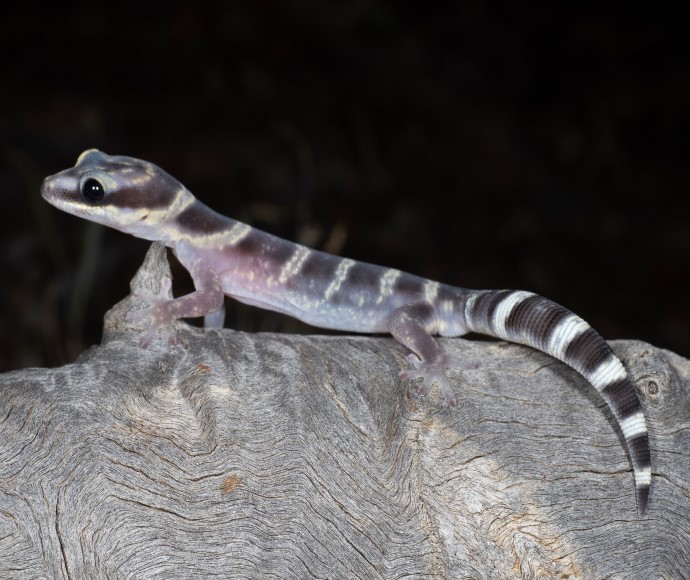12 threatened species discovered in soon-to-be NSW National Park
On World Environment Day, the Minns Labor Government is announcing the results of its first fauna survey at Comeroo Station, soon-to-be NSW's newest national park, which reveals an extraordinary refuge for rare native mammals, reptiles, birds, and plants.
The survey confirms the property, 150 km northwest of Bourke, provides habitat for at least 158 native species including 12 threatened animal species.
The 37,422 ha property was acquired by the NSW Government in 2023 to become a national park. The Minns Labor Government is committed to protecting and restoring habitat to provide greater protection for threatened species, to ensure they exist for generations to come.
The acquisition of the site and its ongoing management as a national park will help prevent the extinction of native species.
As part of the process to transform the station into the state’s newest national park, a 10–day survey was conducted by expert ecologists.
The highlight of the early morning and nocturnal surveys was the first confirmed sighting of the eastern fat-tailed gecko, the south-eastern hooded robin and the Hall’s babbler on the property.
These species are all listed as threatened with the Babbler and gecko having a restricted range, demonstrating the value in protecting Comeroo Station in perpetuity.
Comeroo Station boasts a diversity of habitats including alluvial floodplains and swamps with permanent waterholes, ephemeral wetlands, grasslands, woodlands and shrublands and an extensive section of Cuttaburra Creek.
Almost 10,000 ha of the property stretches across Yantabulla Swamp, an internationally recognised Important Bird Area that hosts up to 50,000 waterbirds at any one time.
Early results of the flora survey are being used to produce vegetation maps and to mark the location of threatened and endangered plant species and communities such as the elusive desert cow-vine.
These surveys provide critical information to help prioritise conservation efforts and guide the management of the park.
Quote attributable to Minister for Climate Change and the Environment Penny Sharpe:
'Finding 12 threatened species within Comeroo Station is incredibly exciting and these surveys mark the crucial first step in the journey of transforming this extraordinary property into a national park, ensuring its protection for generations to come.
'The abundance of wildlife in this pocket of NSW is truly remarkable, especially the diverse bird species which call it home.
'Behind the scenes there is a lot going into the transition of Comeroo Station into a large national park, and we look forward to welcoming visitors when the land is ready.'
The surveys, conducted in March 2024, found 158 species: 109 bird species, 22 reptile species, 13 frog species and 14 mammal species.
Of the species recorded, 12 are listed on NSW and/or Federal threatened species legislation:
| Diplodactylus platyurus | Eastern fat-tailed gecko | NSW Endangered |
| Grus rubicundus | Brolga | NSW Vulnerable |
| Pomatostomus halli | Hall’s babbler | NSW Vulnerable |
| Pomatostomus temporalis | Grey-crowned babbler (eastern subspecies) | NSW Vulnerable |
| Lophochroa leadbeateri | Pink cockatoo | NSW Vulnerable, Cth Endangered (eastern subspecies, Lophochroa leadbeateri leadbeateri) |
| Aphelocephala leucopsis | Southern whiteface | NSW Vulnerable, Cth Vulnerable |
| Melanodryas cucullata | South-eastern hooded robin | NSW Endangered, Cth Endangered (south-eastern form) |
| Hamirostra melanosternon | Black-breasted buzzard | NSW Vulnerable |
| Certhionyx variegatus | Pied Honeyeater | NSW Vulnerable |
| Sminthopsis macroura | Stripe-faced dunnart | NSW Vulnerable |
| Chalinolobus picatus | Little pied bat | NSW Vulnerable |
| Saccolaimus flaviventris | Yellow-bellied sheath-tailed bat | NSW Vulnerable |
